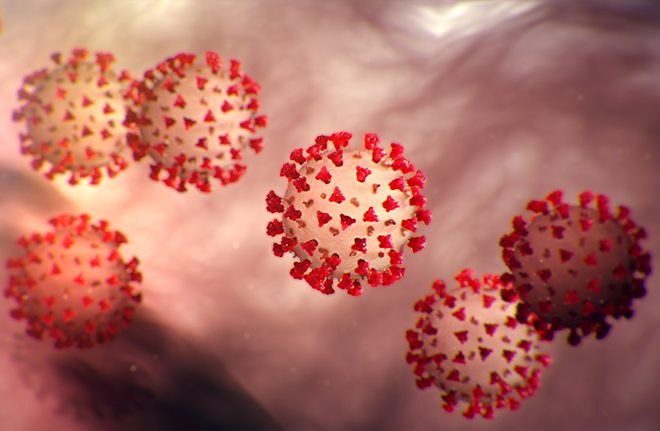Gunnison County is actively working on a phased reopening of the County. In a press release issued by the County on April 21, it was stated, “We are using the locally gathered data from as well as guidance from the Colorado Association of Local Public Health Officials (CALPHO), examining low-risk activities in order to begin a phased reopening of the economy. Our goal is to coordinate as closely as possible with the phased reopening of the state presented recently by Governor Polis; although state wide epidemiology will differ with Gunnison’s unique demographic and geography. We will not be in perfect sync with the state during reopening. Developed by Dr. Frieden, former CDC director, we have also chosen to use the “Box it in” model of containment discussed in further detail below.”
The 7th Amended Public Health Order was signed today, April 21 and loosens restrictions on construction sites, opens up elective surgeries, allows for golfing/shooting ranges with maintained social distancing and safety measures, allows for limited one-on-one office activities and moves the sunset date to 4/26 to coincide with the State’s orders.
In drafting future Public Health Orders, Public Health Director Joni Reynolds will use the broad framework of the above models and local scientific research as a guide to a phased reopening. “In order to facilitate this process more efficiently with our community, a newly established Incident Command Recovery Section has been created to work directly with the ICELab, One Valley Leadership Council (OVLC), NGO’s, medical practices, etc… to ensure fluid communication between public health and the many Gunnison Valley business sectors. This section is also responsible for fostering discussion between public health and any future recovery process the City of Gunnison, Gunnison County, Town of Crested Butte and Mount Crested Butte are in process of drafting with their partnership groups. We are developing a standard process for reviewing, advising and approving the ability for these businesses to open within this phased approach.”
The advice from CALPHO is similar to that of the “Box it in” approach. This advice outlines key metrics that must be met before more reopening:
- A sustained decrease in cases for at least 14 days. This is a criterion that we have met and will continue to monitor as we open areas of the economy up.
- Hospitals are safely able to treat patients without resorting to crisis standards of care. This is another criterion that we have currently met. We unfortunately are reliant on tertiary medical centers for patients that need ICU-level care. We must continue to monitor the impacts to not only our hospital, but also the surrounding medical centers as well.
- Testing can be performed for all people with symptoms consistent with COVID-19 infection. Testing is a limiting factor for us due to national supply chain and production constraints. By prioritizing the testing that we do have, and coupling it with the symptom reporting and modeling from the Investigative Science Section, we can cautiously reopen piece by piece and monitor for signs with the tools we have.
- Active monitoring can be accomplished for all COVID-19 cases and their contacts. We are aggressively building up contact tracing teams that can help us to identify, isolate, and care for any individuals who have tested positive or have had a potential contact.
- Clear protocol that requires social distancing and assists with case identification. As we begin to normalize, there will be continued safety protocols in place. The framework for these safety measures is being fed back to ICELab, OVLC and other subgroups through the Recovery Section. Public Health will work with the businesses to make sure that they can operate safely.
The “Box it In” approach has four essential actions that must be implemented in order to contain the virus:
- Expand and Prioritize Testing – We continue to test as rapidly as possible. While this is currently our main limiting factor, we can couple the testing capabilities we have with symptom reporting and the modeling work that is being done. The phased reopening allows us to prioritize testing to areas that we have recently opened up. As we expand our ability to do more widespread testing, build more robust models and build out our symptom reporting, we expand our ability to reopen. There are significant national production issues however with the availability of COVID-19 rapid tests. Incident Command as well as GVH are actively working to procure rapid COVID-19 tests.
- Isolate Infected Individuals – We are working to build up the support networks so that individuals can successfully isolate when they test positive.
- Contact Tracing – In order to get ahead of the disease, we must track down anyone who was potentially exposed. We are working with Health and Human Services to expand the speed and efficiency of contact tracing.
- Quarantine Contacts – Much like with those individuals who have been infected, we must quarantine the contacts who potentially were exposed. We are working to build up the support networks so that these individuals can isolate. They, too, will be prioritized for testing.
The delicate balance of reopening while limiting the spread of disease will last into the coming months. We must do this in a slow stepwise fashion or risk having to revert back into a full stay-at-home lockdown. We would like to make smart decisions so that we don’t put ourselves back into this position. Attempting to remain as linear as possible during reopening is our goal understanding that navigating this process will require flexibility with possible missteps, outbreaks or other situations that will require public health management and intervention.
CALPHO Link: https://icelab.us20.list-manage.com/track/click…
Box It In Link: https://icelab.us20.list-manage.com/track/click…
 The Crested Butte News Serving the Gunnison Valley since 1999
The Crested Butte News Serving the Gunnison Valley since 1999



